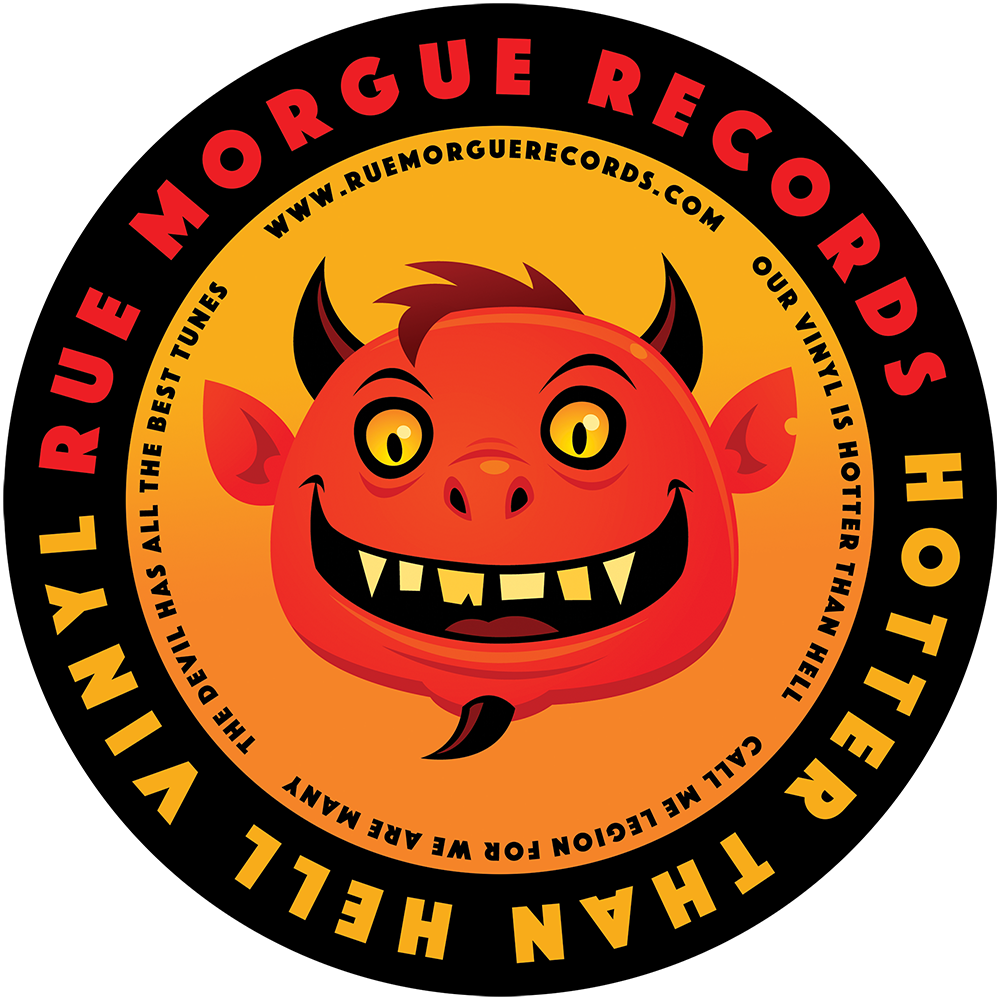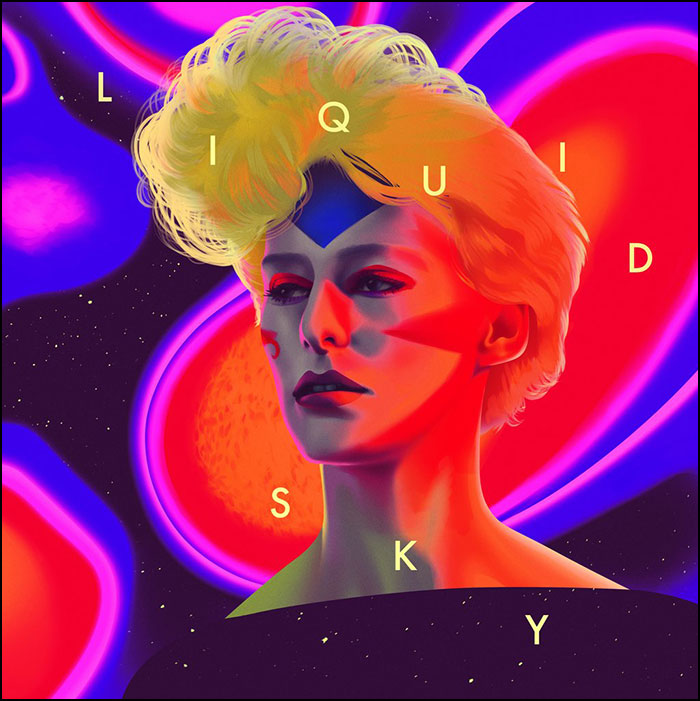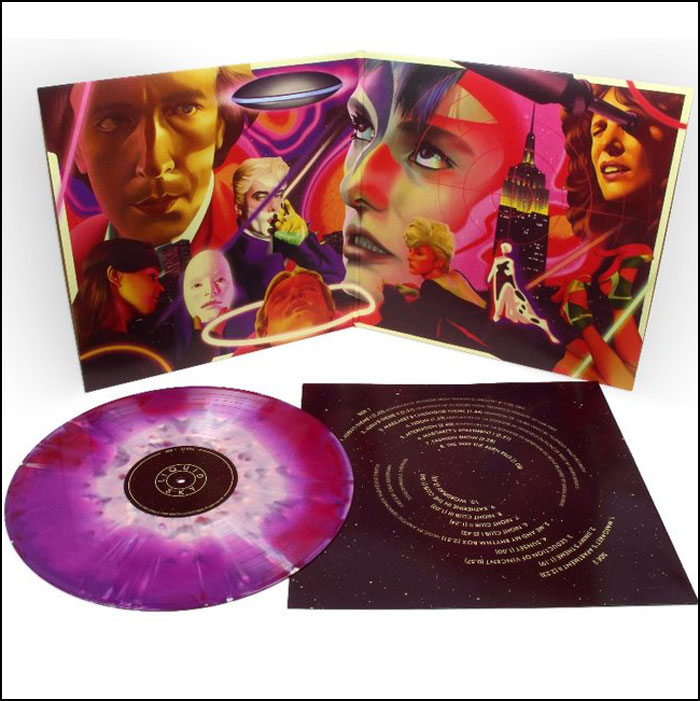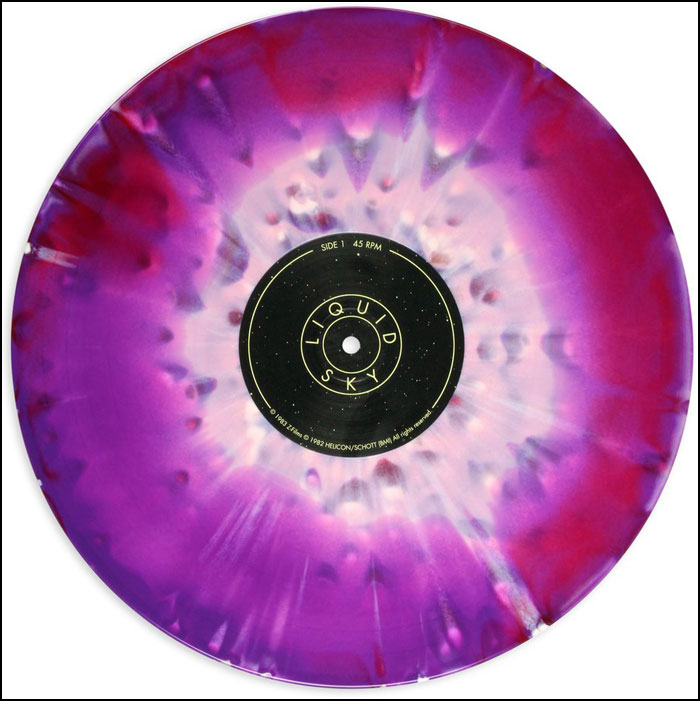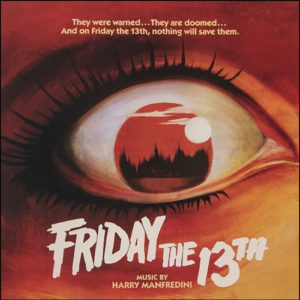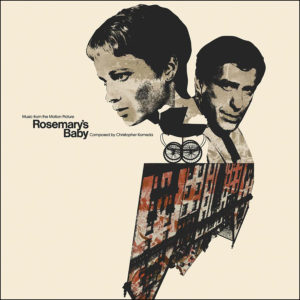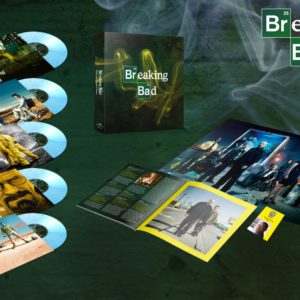Description
Cover art courtesy Mondo Tees
Artwork by Jack Hughes. Mastered by James Plotkin. Pressed on 180 Gram Tricolor Starburst Space Splatter vinyl. Includes download card. Expected to Ship in April 2019.
When looking for a composer for LIQUID SKY, director Slava Tsukerman first approached Brian Eno, who abruptly stood up midway through a screening of the film’s rough footage and left.
To be fair, the 1982 sex, drugs and aliens cult-classic – where UFOs look suspiciously like dinner plates, orgasmic brains are harvested for extraterrestrial heroin and actress Anne Carlisle essentially fellates herself while playing both the film’s male and female leads, Jimmy and Margaret – has never exactly been for everyone.
Not long after Eno’s spirited exit, sound artists Clive Smith and Brenda Hutchinson were working the late shift at Manhattan’s Public Access Synthesizer Studio (PASS) when Tsukerman walked in and asked for a demonstration of the studio’s recently-acquired Fairlight CMI, the first-ever digital sampling synthesizer.
With the CMI, nearly any sound could be recorded, fed into the computer and played back at different pitches on its piano-style keyboard. Smith and Hutchinson were among the few people at the time who’d been properly trained to use the machine and their demonstration made a big impact on Tsukerman. After a zealous, on-the-spot pitch from the Russian director in his thickly-accented English, the pair soon found themselves helping to execute the strange musical vision for LIQUID SKY.
For the film’s score, Tsukerman sought to take the appropriated circus music of Fellini’s classic surrealist films and filter it through the new wave of experimental electronic music being produced by artists like Eno and Kraftwerk. Where other films had used synthesizers to replicate the sounds of traditional instruments, Tsukerman aimed to create emphatically electronic original music, as well as digital adaptations of obscure works by composers Carl Orff, Marin Marais, and Anthony Philip Heinrich.
For Smith and Hutchinson, this represented a painstaking process where the various properties of each note had to be manually entered into the CMI’s primitive computer one-by-one using its alphanumeric keypad and unique light pen. But, intentionally or not, the strangely dissonant, off-kilter sonic tone that the technique produced had the noteworthy effect of making a movie about opiate-sucking aliens feel even more alien.
That distinctive tone can be found everywhere from the synthetic heartbeats of “Me and My Rhythm Box” to the lush electronic mini-symphonies that accompany LIQUID SKY’s visually stunning “golden hour” time-lapse sequences.
But the score’s most affecting moment comes in LIQUID SKY’s closing scene, where Heinrich’s “Laurel Waltz” is digitized into a nostalgic carousel ride through Margaret’s life. From her wholesome Connecticut upbringing to the coked-out rooftop fashion shoot where she now finds herself, racing to board a dinner-plate UFO in search of something better.
Over 35 years after its initial release, Slava Tsukerman and Death Waltz Recording Co., are proud to present this pioneering work of digital sampling technology in its original analog format.
